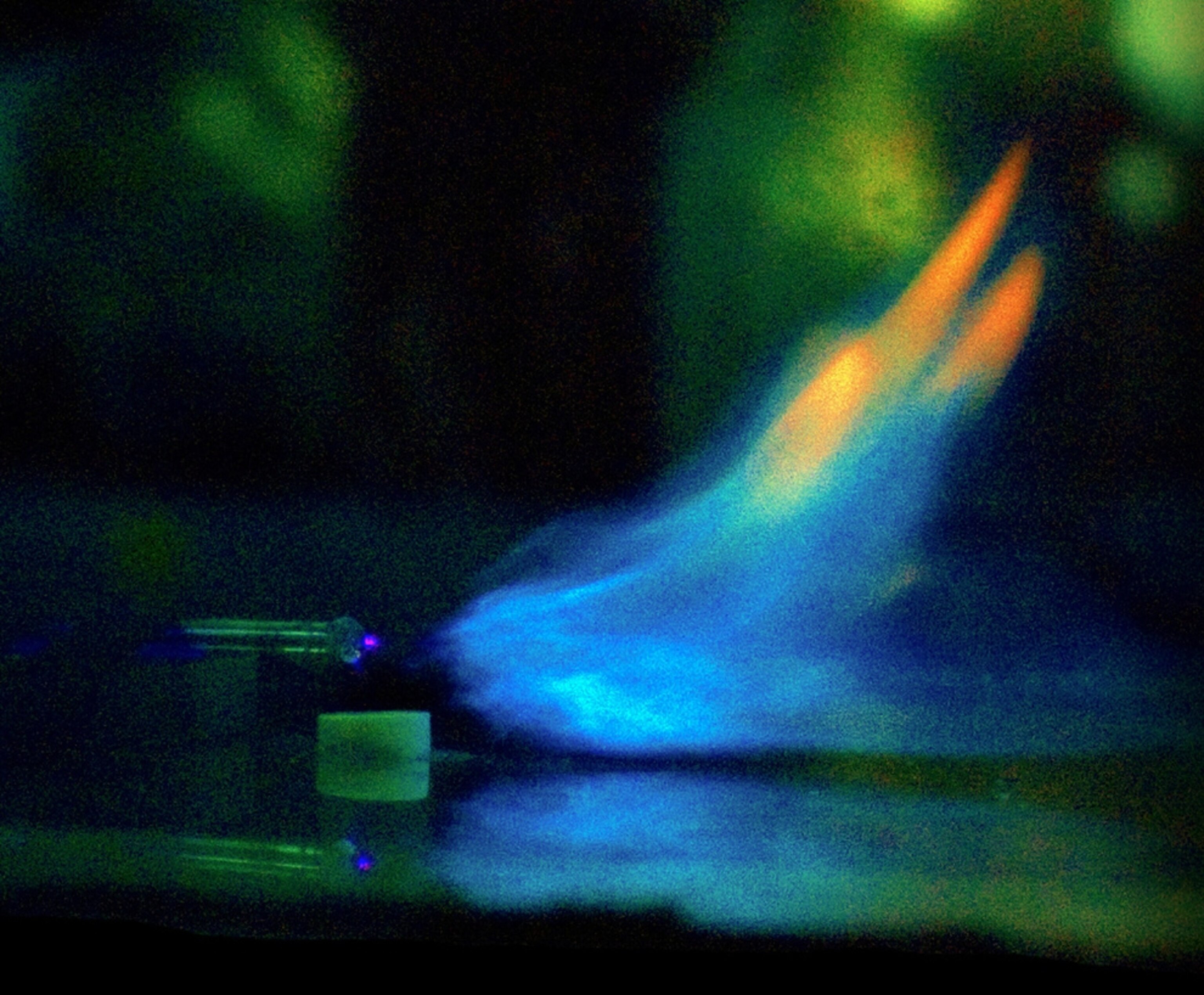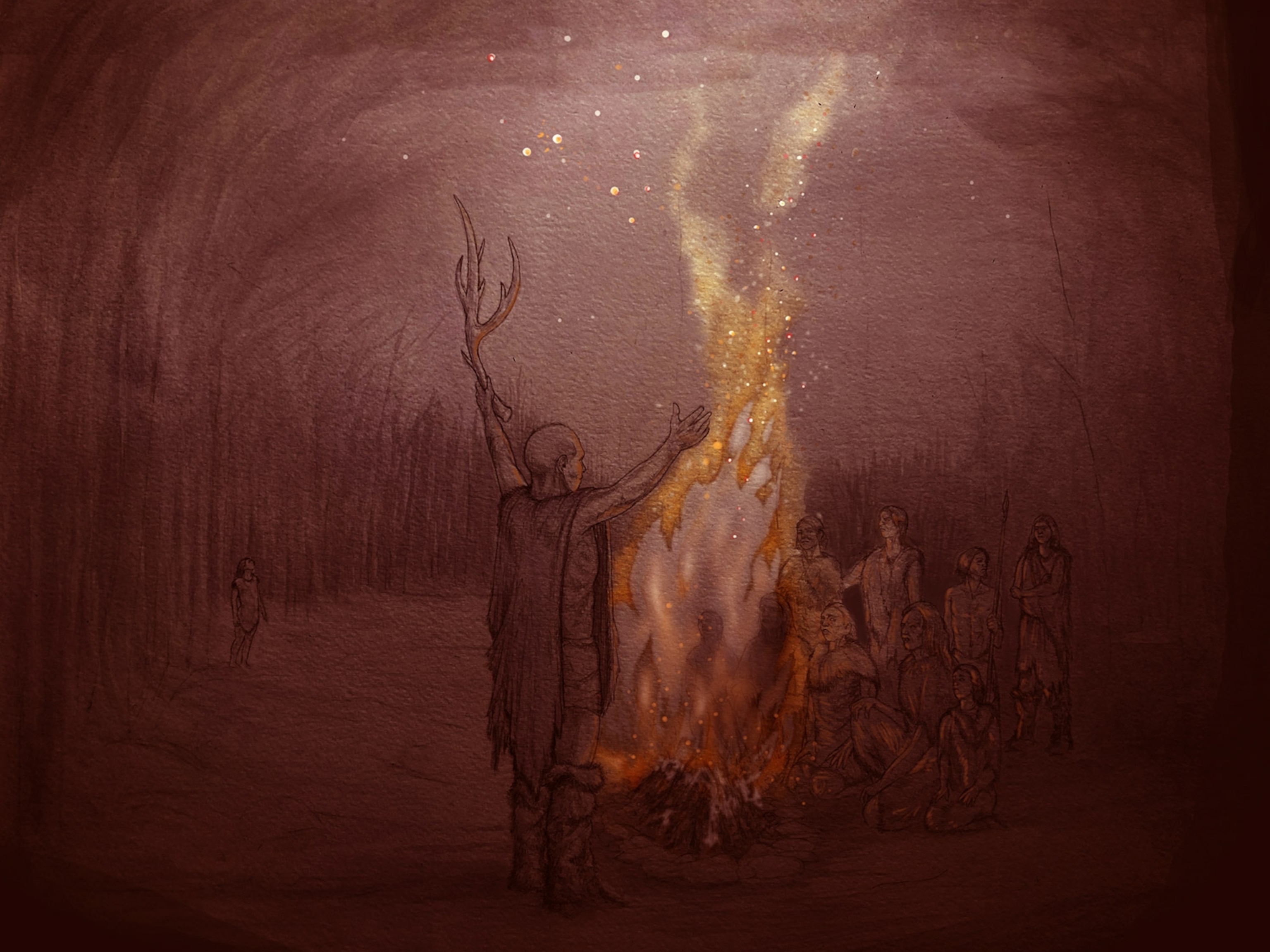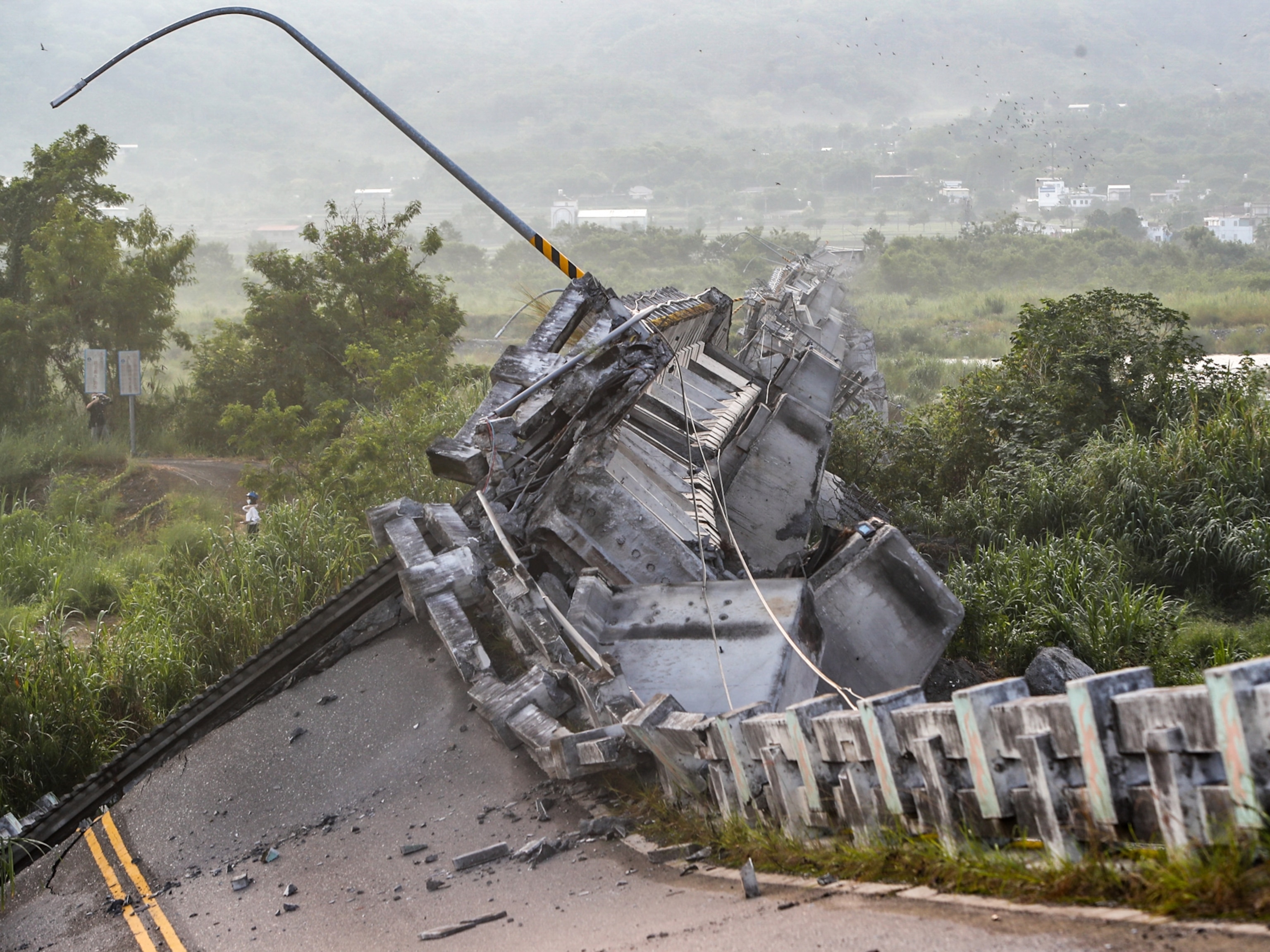
Electric Wand Makes Fire Disappear
Electrical fields can "push" flames away from fuel sources, experts say.
Electric wands could allow future firefighters to extinguish flames with a wave of the hand, recent experiments suggest.
Currently, firefighters use water, foam, powder, and other substances to tame flames. But a team from Harvard University's Whitesides Research Group has shown that electric fields can snuff out fires too—potentially reducing water damage as well as environmental threats posed by fire retardants.
The scientists connected a thin wire to a 600-watt amplifier—roughly as powerful as a high-end car stereo and about as big as a file cabinet—plugged into the wall.
The "wand" system generated an electric field with the strength of a million volts per meter, "approximately the field necessary to generate a spark in dry air," said chemist Ludovico Cademartiri, a postdoctoral fellow at Harvard.
Whenever the researchers brought the electric wand close a burner emanating thin jets of fire up to 20 inches (50 centimeters) tall, the flames almost instantly went out.
(Related: "Sharks Repelled by Metal That Creates Electric Field.")
Despite its almost Harry Potter-level power, though, the firefighting wand is said to be quite safe. Its electric frequency, voltage, and current "are not sufficient to create health issues in a healthy person," Cademartiri said.
Future versions may be even more benign. A wand using only a tenth of the experiment's wattage could do nearly as good a job, Cademartiri speculated—making the wand system potentially portable in some future iteration.
(Read about another Harry Potter-like technology: "New Invisibility Cloak Close to Working 'Magic.'")
How the Electric Firefighting Wand Works
Electrons, ions, and soot inside a flame can all respond to electric fields. (Related: "Electric Ash Found in Iceland Plume Miles From Volcano.")
Based on this principle, the wand in the experiments essentially uses electricity to push the flame away from the burner, "detaching it from the fuel source, so it goes out."
The scientists now want to move to suppressing fires both farther away and wider in scope by experimenting with the shape of the electrode and altering the current, frequency, and voltage involved.
"We have only recently started to look into the scalability potential," Cademartiri said.
Eventually, similar devices could be installed in the ceilings of buildings or ships—much as water sprinklers are now—or carried, backpack style, by firefighters, Cademartiri speculated.
The wand is no cure-all, though, he added. As promising as the tool seems in enclosed quarters, the wand might not work well against forest fires and other widespread conflagrations, he said. "The effects we see depend on the strength of the electric field," he explained. "It is a challenge is to create such large fields over large areas."
Aside from extinguishing flames, the wand may be just the thing in tight spots where a bit of fire is just what's needed, such as engines, furnaces, and torches. That's because electric fields can also influence the temperatures of flames and where they flicker, the researchers found.
"Finding new ways to affect and control flames," Cademartiri said, "could have repercussions on a quite broad range of technologies."
Firefighting-wand findings presented Sunday at an American Chemical Society meeting in Anaheim, California.





